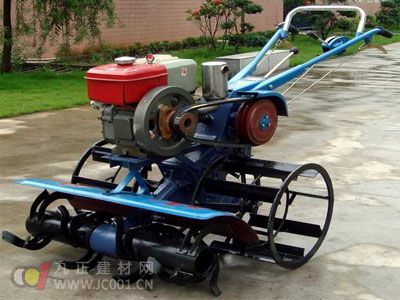Agricultural Machinery Purchase Tips:
1. Before making a purchase, it's essential to research the main manufacturers of agricultural machinery. Choose well-known brands that have a large scale and strong R&D capabilities. These companies are more likely to offer reliable quality, stable performance, and better after-sales service. It’s also wise to consult farmers who have already used the equipment to get real feedback on its performance, durability, and customer support. Based on this information, you can select a model that suits your needs and budget.
2. Before taking delivery, make sure the machinery comes with all necessary documentation, such as the quality inspection certificate, product promotion permit, and three-pack maintenance certificate. Verify that the product name, technical specifications, factory number, and manufacturer details match those on the machine’s nameplate. This helps avoid counterfeit or substandard products. Carefully read the user manual and check if all tools and accessories listed are present. Be cautious of machines with very old production dates, long storage times, or signs of prior repairs.

3. Inspect the machine’s appearance carefully. The exterior often reflects the internal quality. Look for any signs of damage, paint peeling, or rework. Check the welding seams to ensure they are smooth and secure, and look for leaks in the sealing areas. Ensure that all parts fit properly and that there are no cracks, pores, or blisters in the castings. Also, verify that moving parts are protected as required by law. Never compromise on safety—always choose machines with proper protective measures and clear warning labels.
4. When testing power-driven machinery, start by checking the starting performance. Try starting the machine several times to ensure it runs smoothly. Then perform a dry run at normal speed for over 10 minutes, listening for unusual noises and checking for leaks at joints and seals. This step helps identify potential issues before long-term use.
5. Test the machine’s operational performance. Operate it manually to see if it moves smoothly and if the braking system is responsive and safe. For attached equipment, rotate the moving parts to check for flexibility and ensure there is no jamming or resistance. A well-maintained machine should function without unnecessary effort or noise.
(Word count: 517)Changzhou Yingda New Material Co., Ltd , https://www.yingdaspc.com